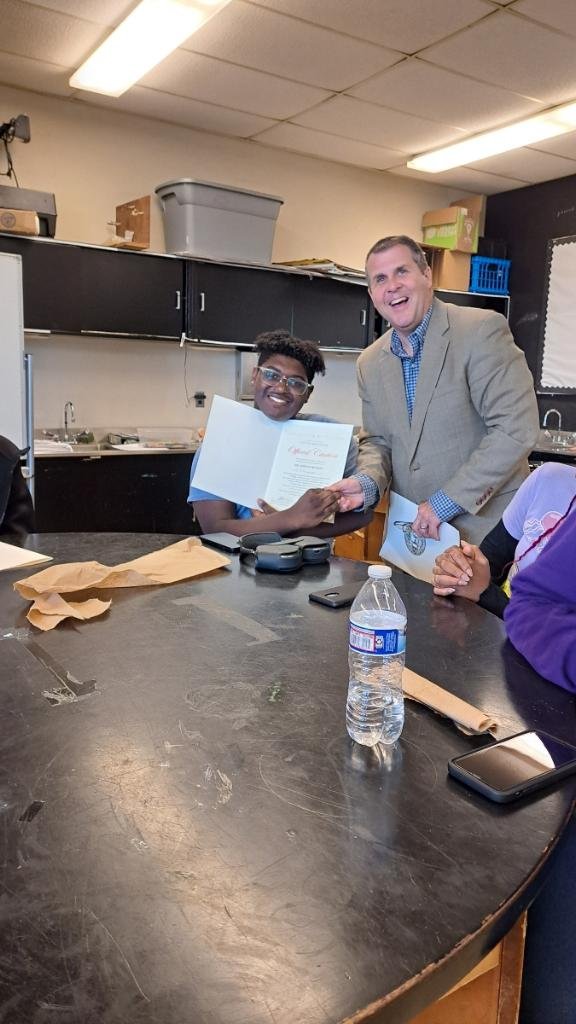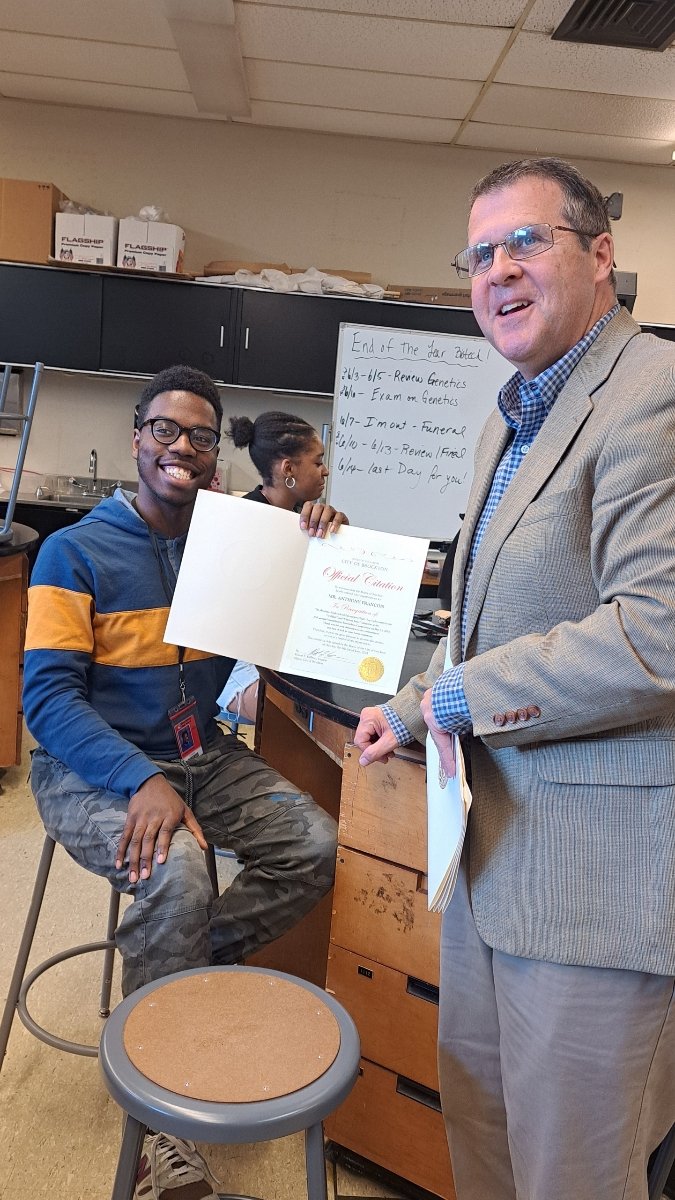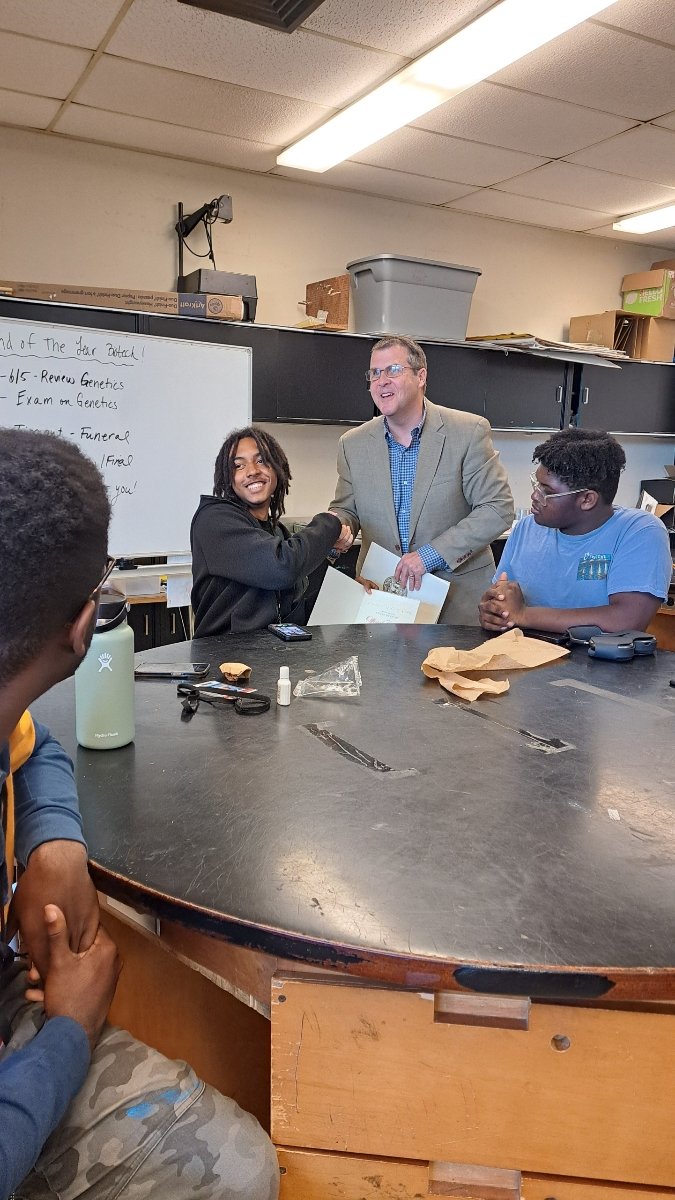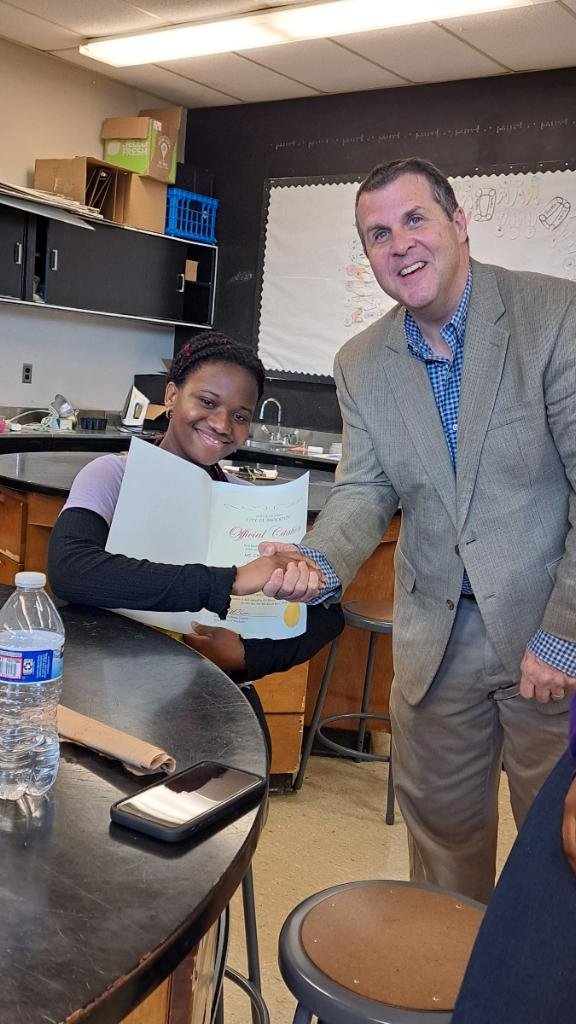Barred owl, presented by Eyes on Owls at Give a Hoot About the Park on May 19. Photo by Janet Trask.
The verdict is in. Brockton gives a hoot about local conservation!
An eventful month has left no doubt that this city of over 100,000 residents in northwestern Plymouth County is invested in the protection and stewardship of its natural spaces.
On Sunday, May 19, our Give a Hoot About the Park event attracted nearly 200 people to D.W. Field Park, a 700-acre urban oasis in Brockton and Avon. Despite considerable rain, friends and neighbors of all ages flocked to see live owls, presented by Eyes on Owls. Free lunch, catered by Lady C&J Soulfood, rewarded those who braved the inclement weather!
About a dozen community groups joined us, as well, offering information about how the public can get involved in local conservation efforts.
“This event put local environmental stewardship on display and continued our efforts to build community at D.W. Field Park,” said Wildlands Chief of Staff Rachel Bruce. “The success of Give a Hoot was largely due to the collaborative efforts of our partners at Old Colony Planning Council, the D.W. Field Park Association, the Town of Avon, and the City of Brockton. The dedicated folks of the D.W. Field Park Initiative will continue to work to provide opportunities and resources for this community, who show up to support the park time and time again!”


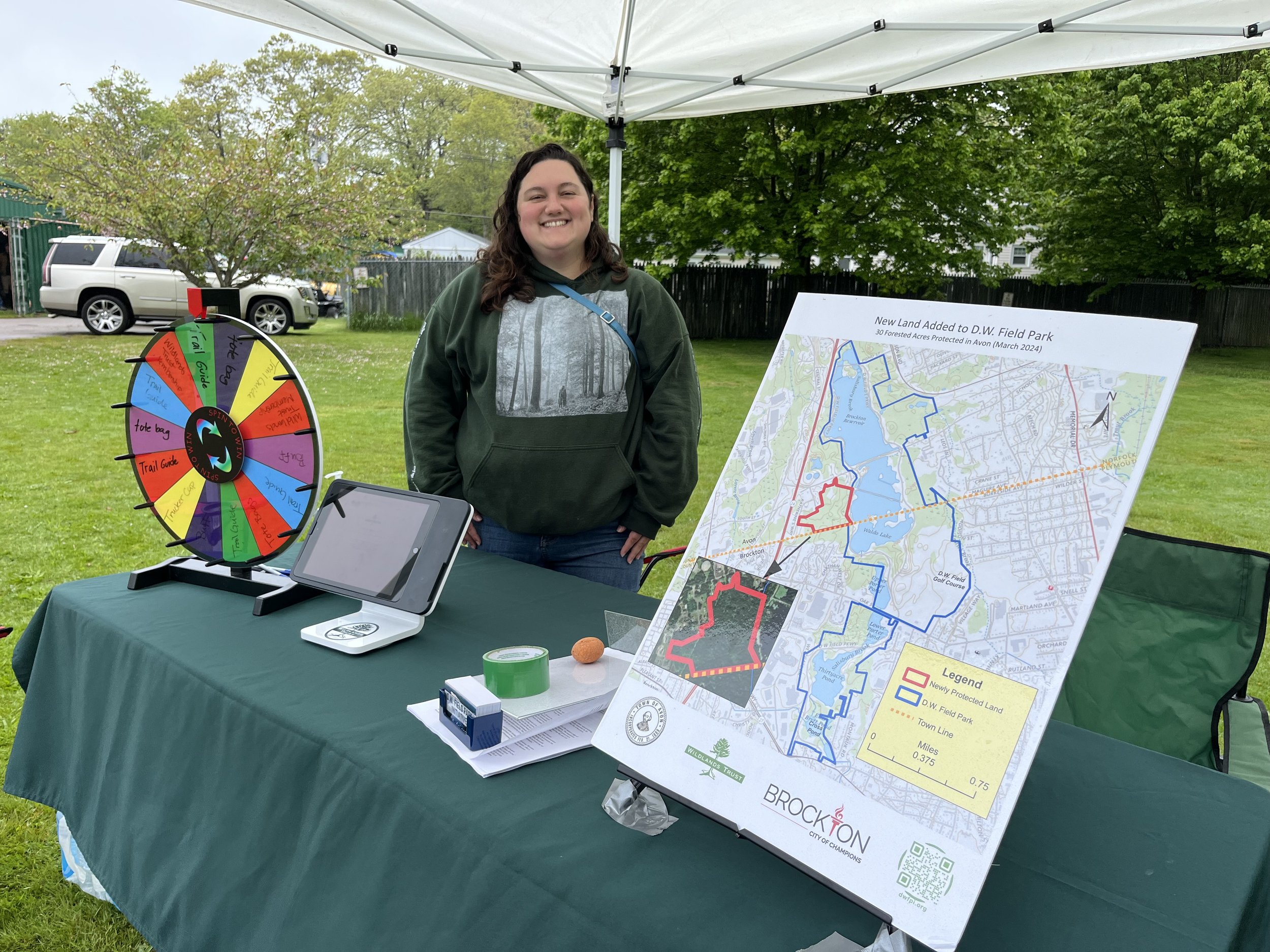

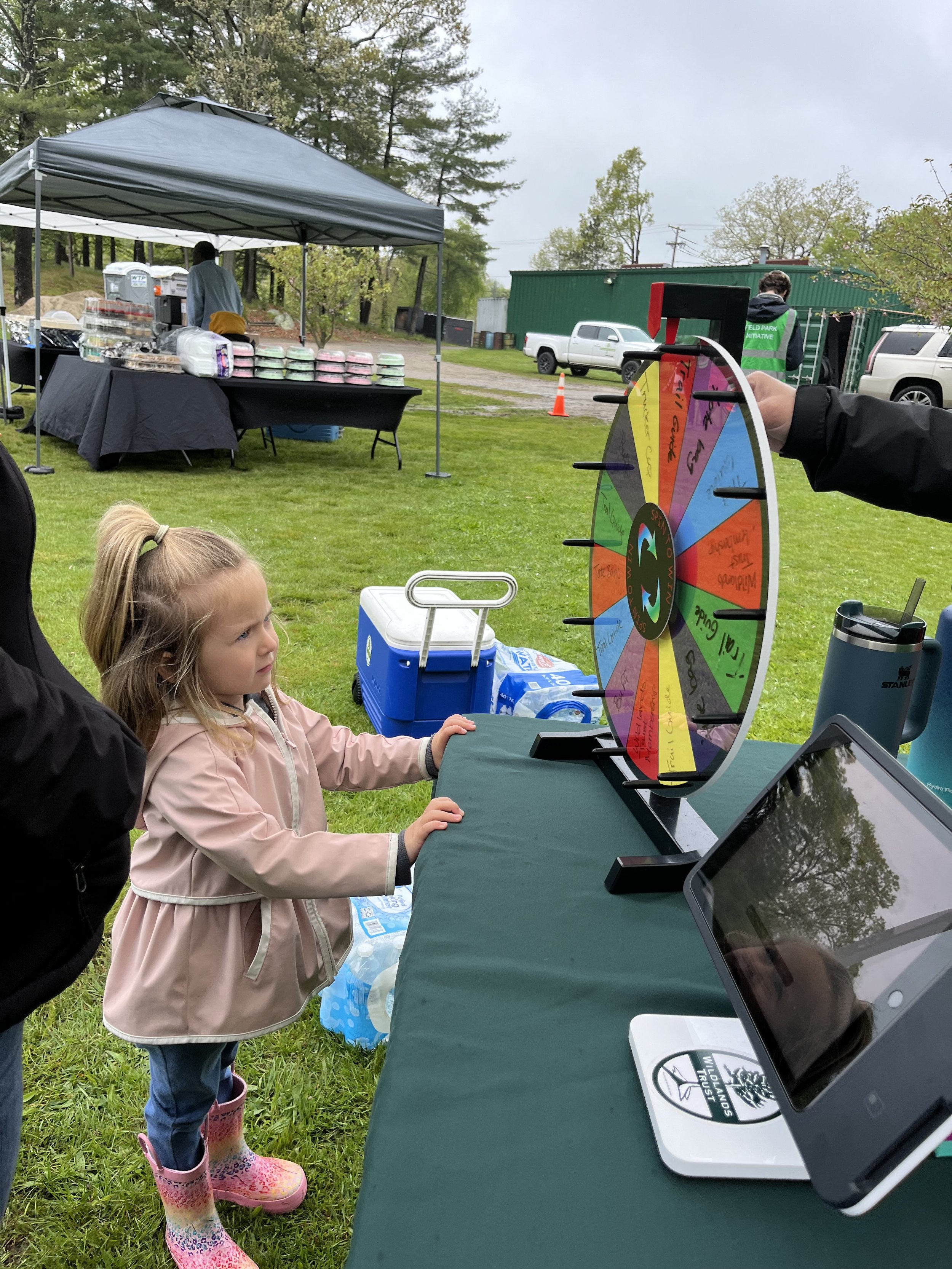










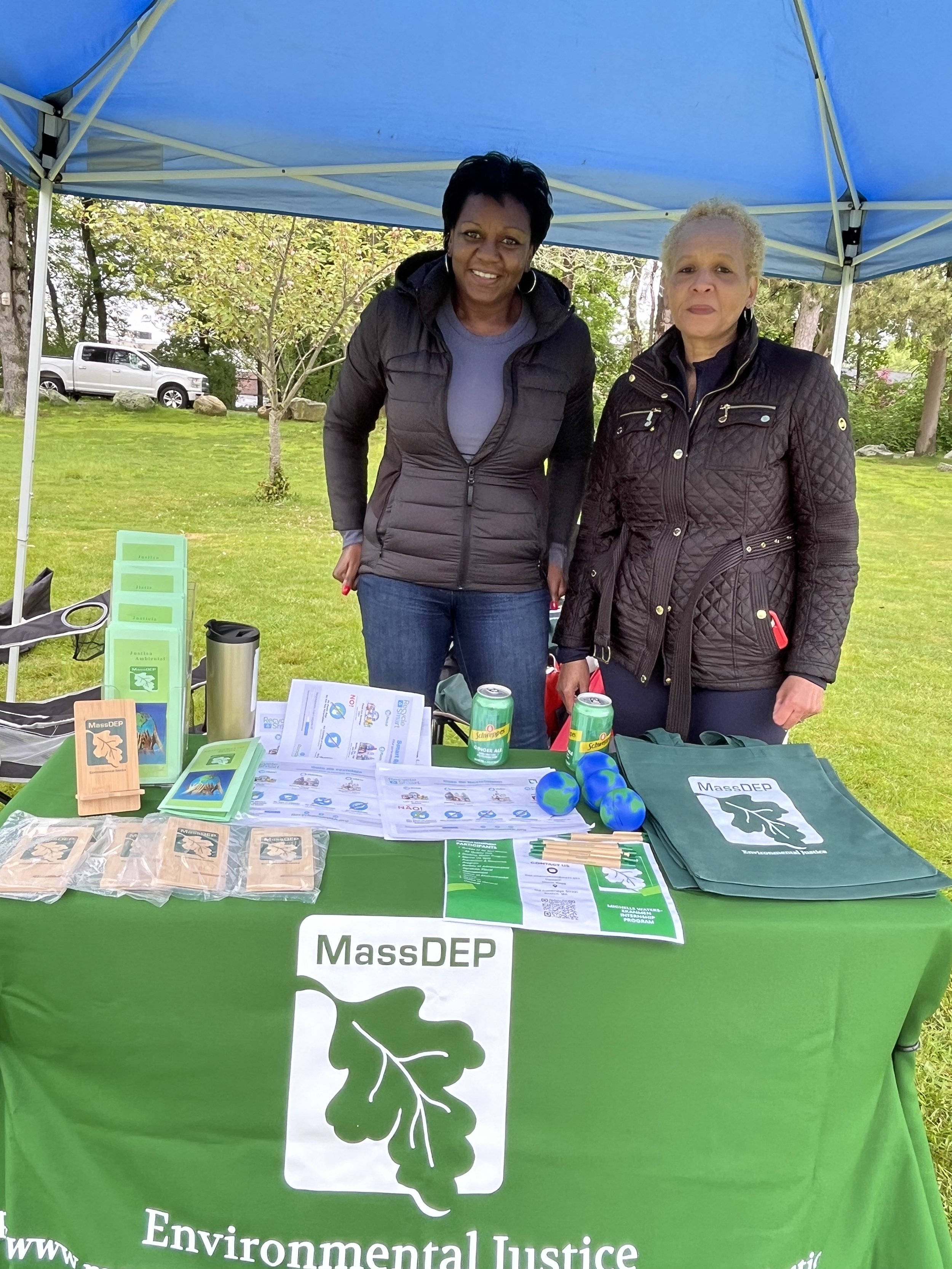
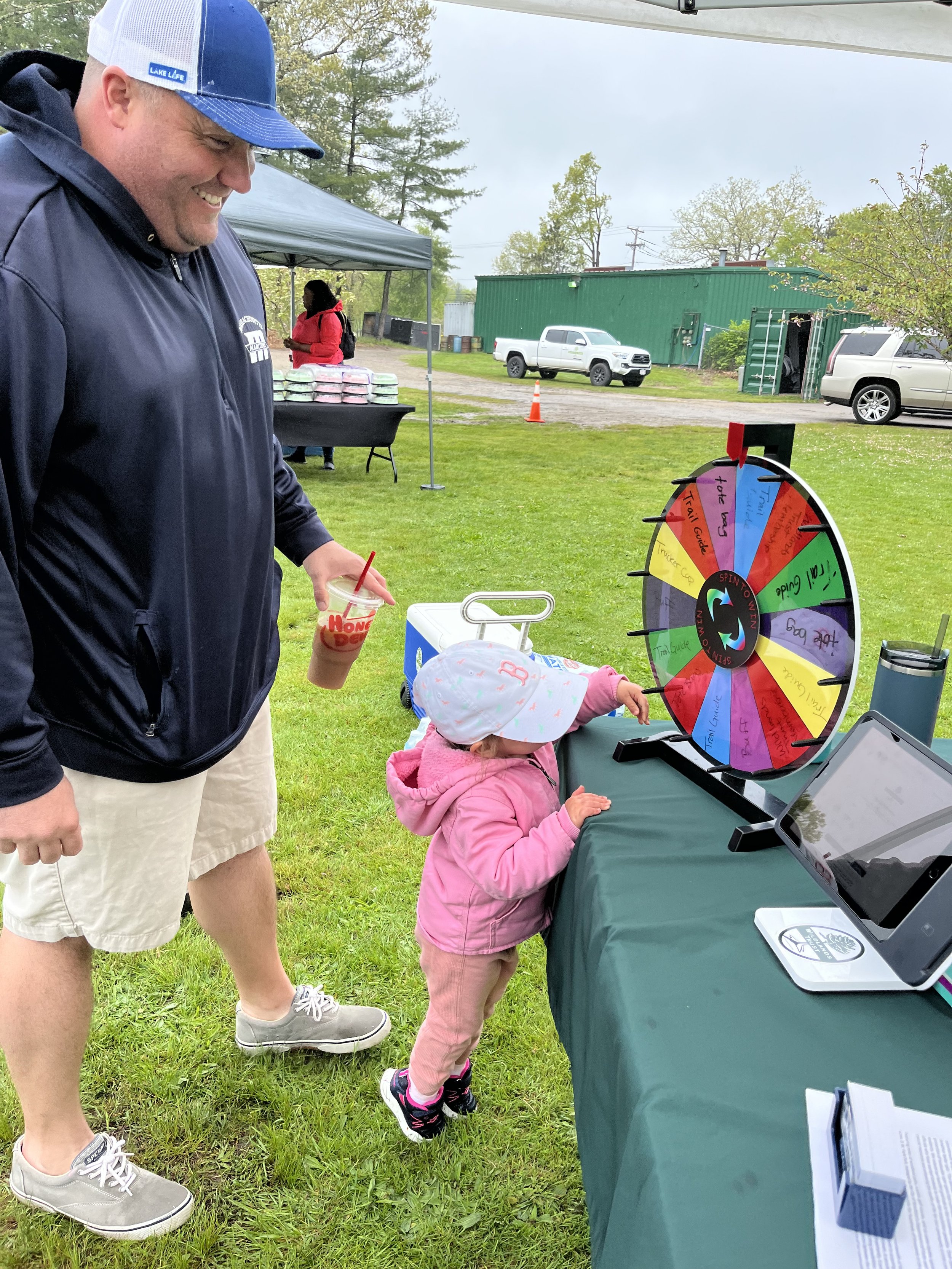

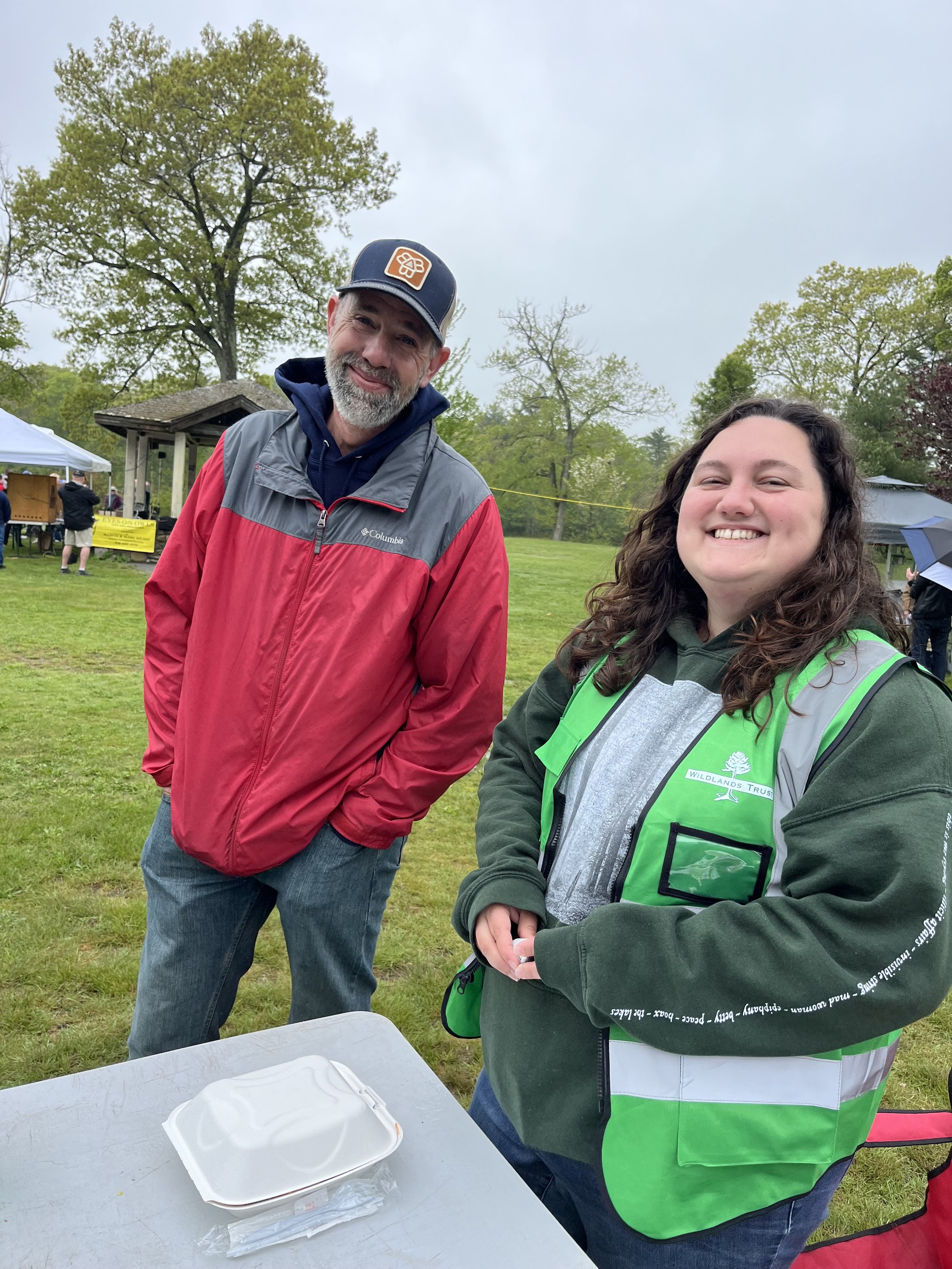


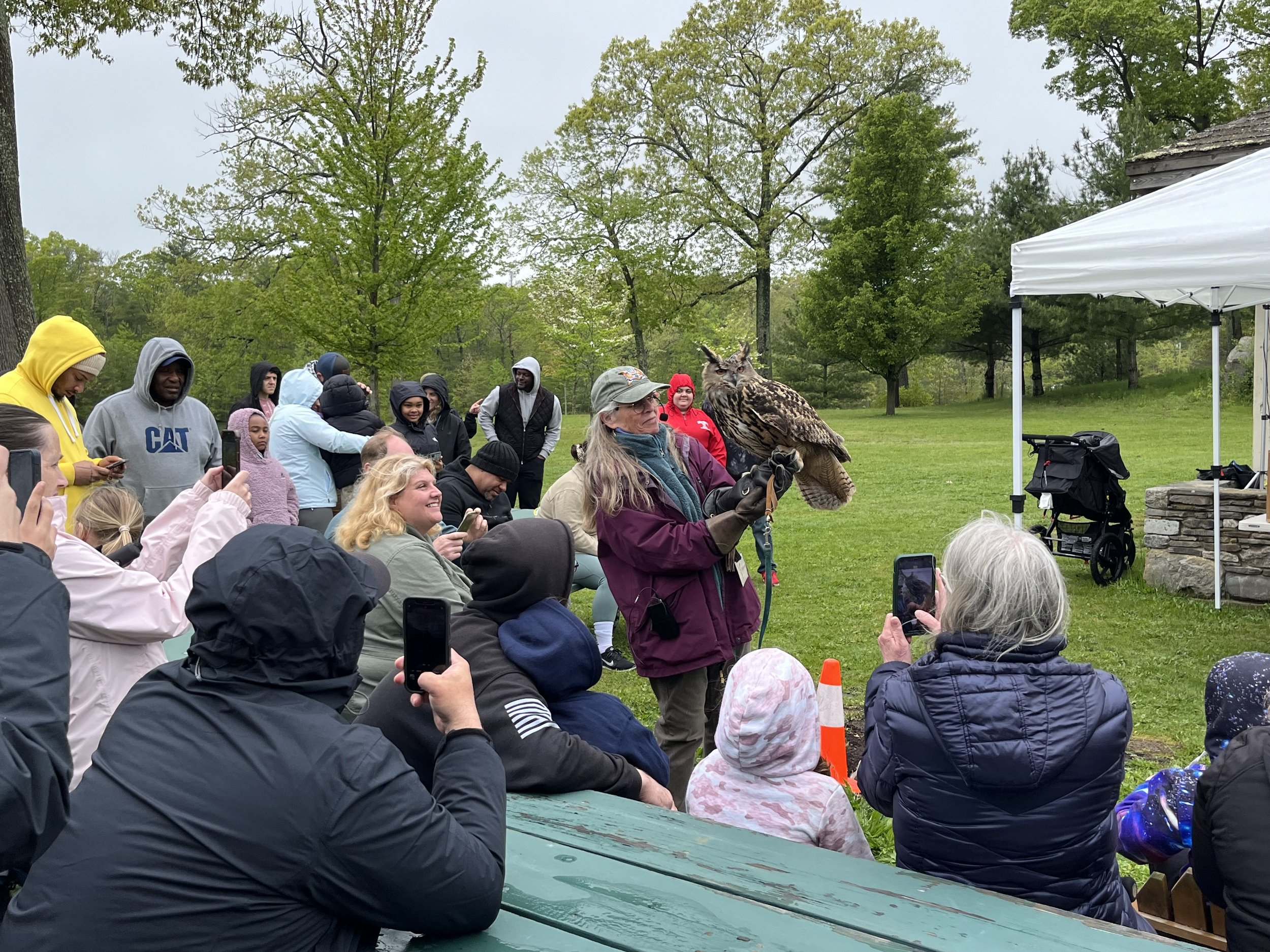

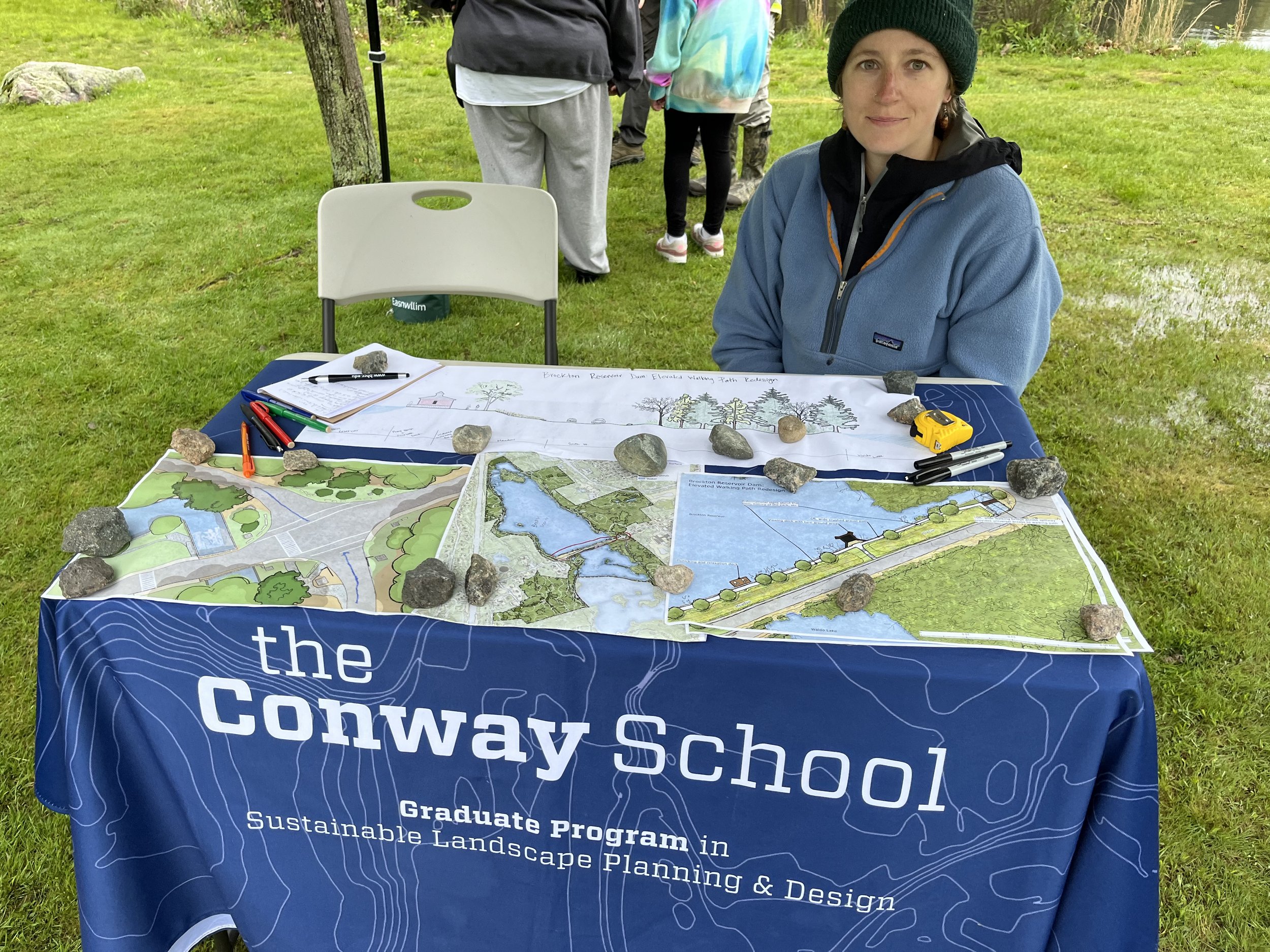
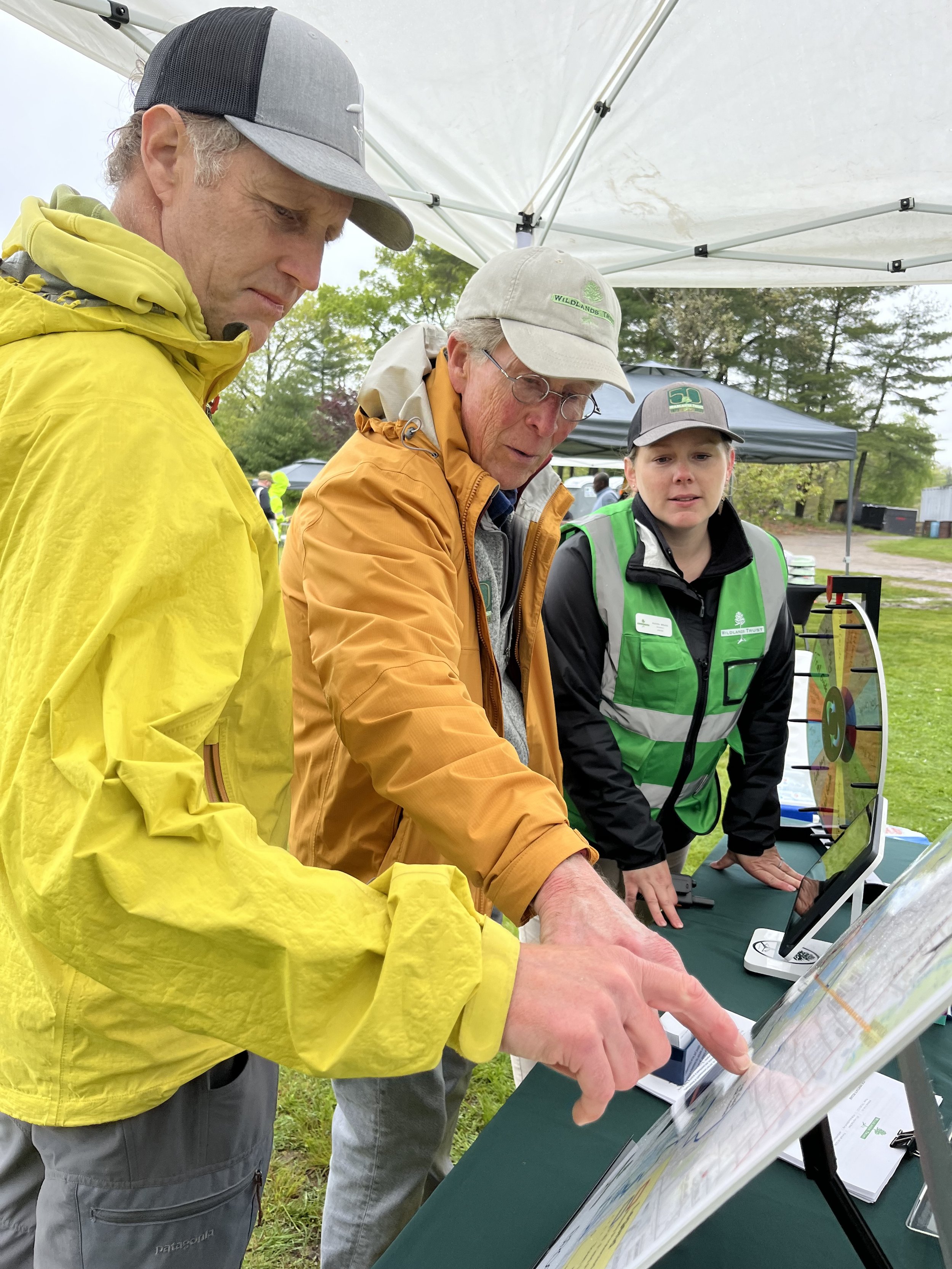

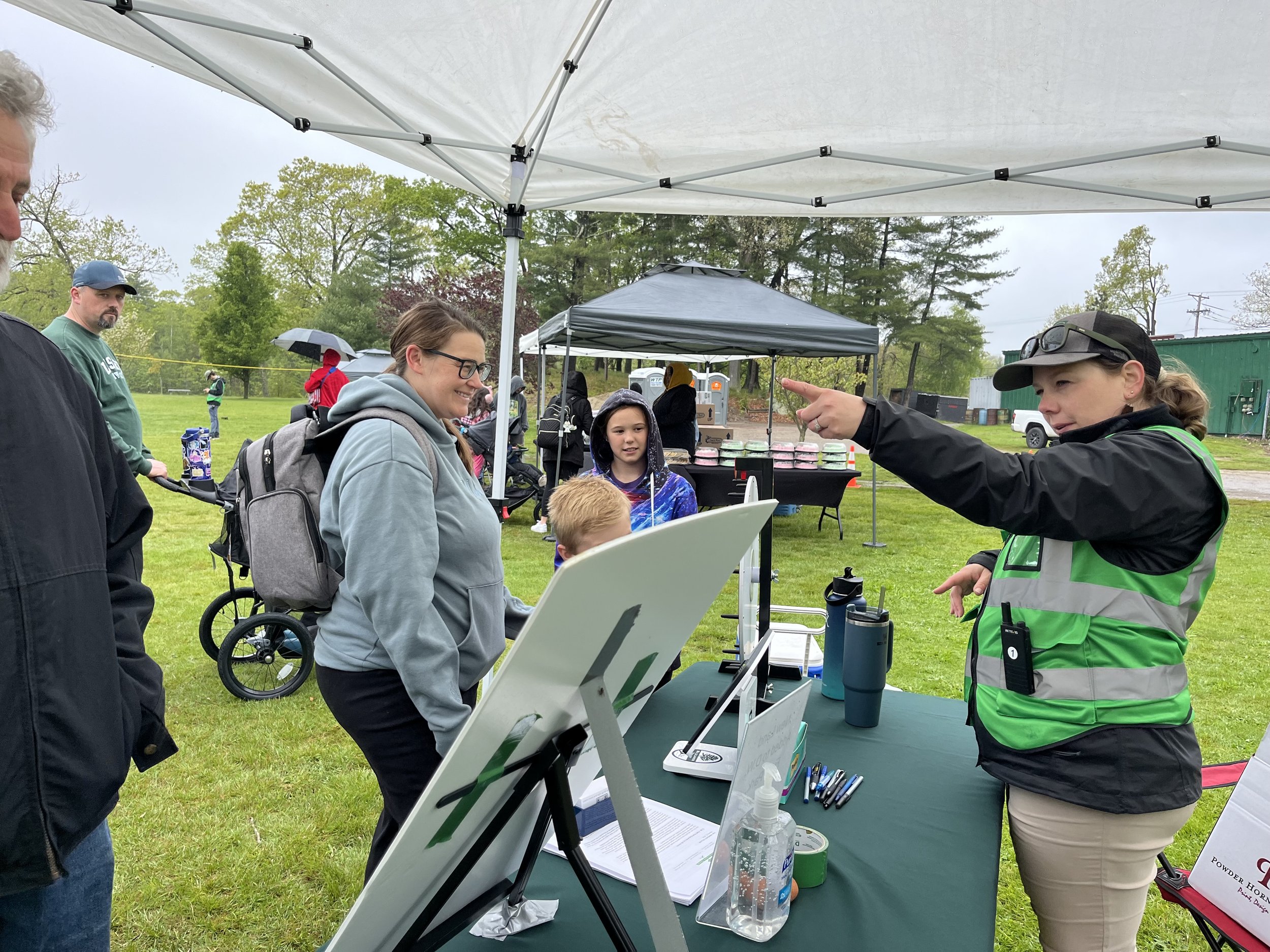
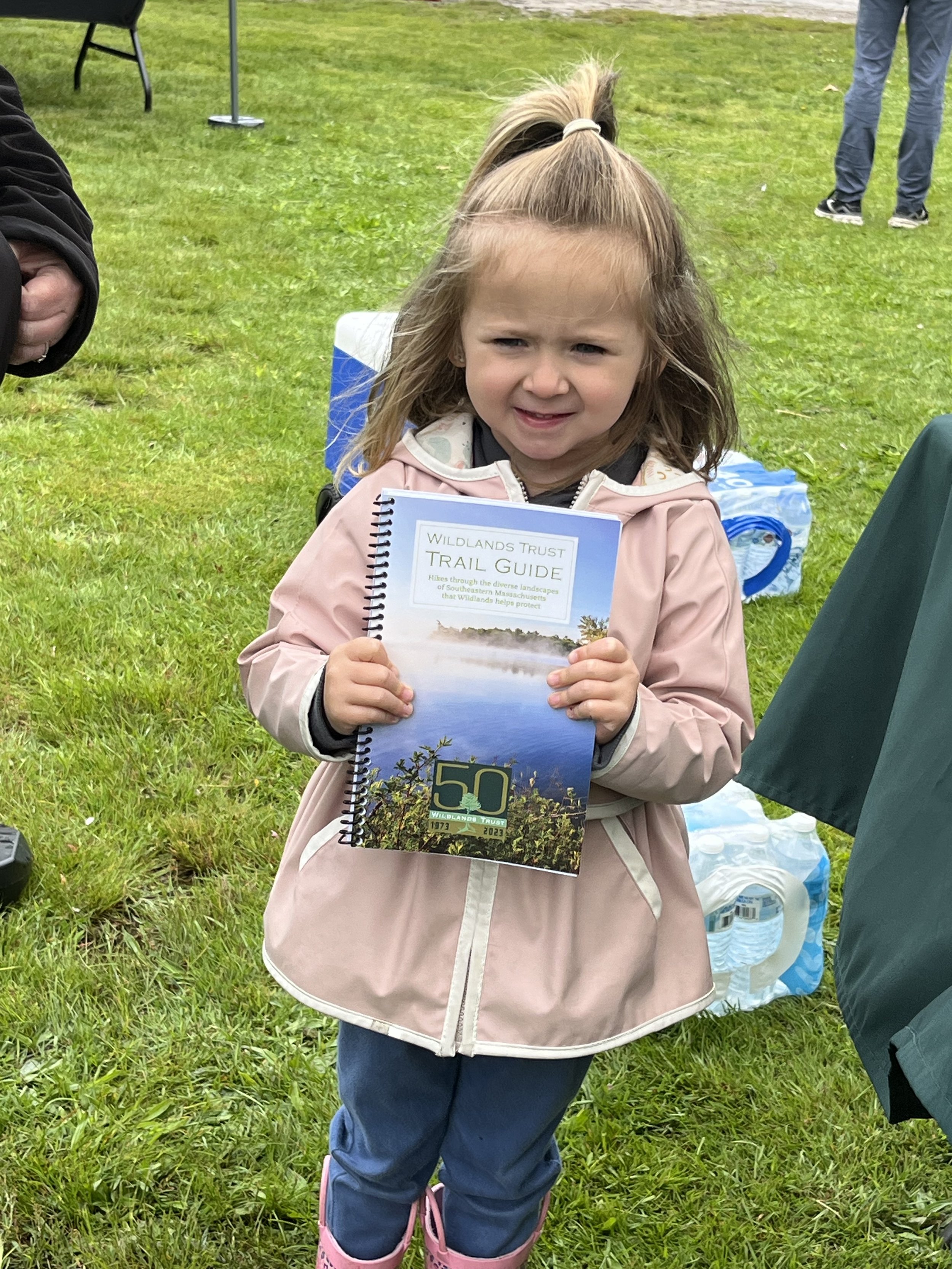
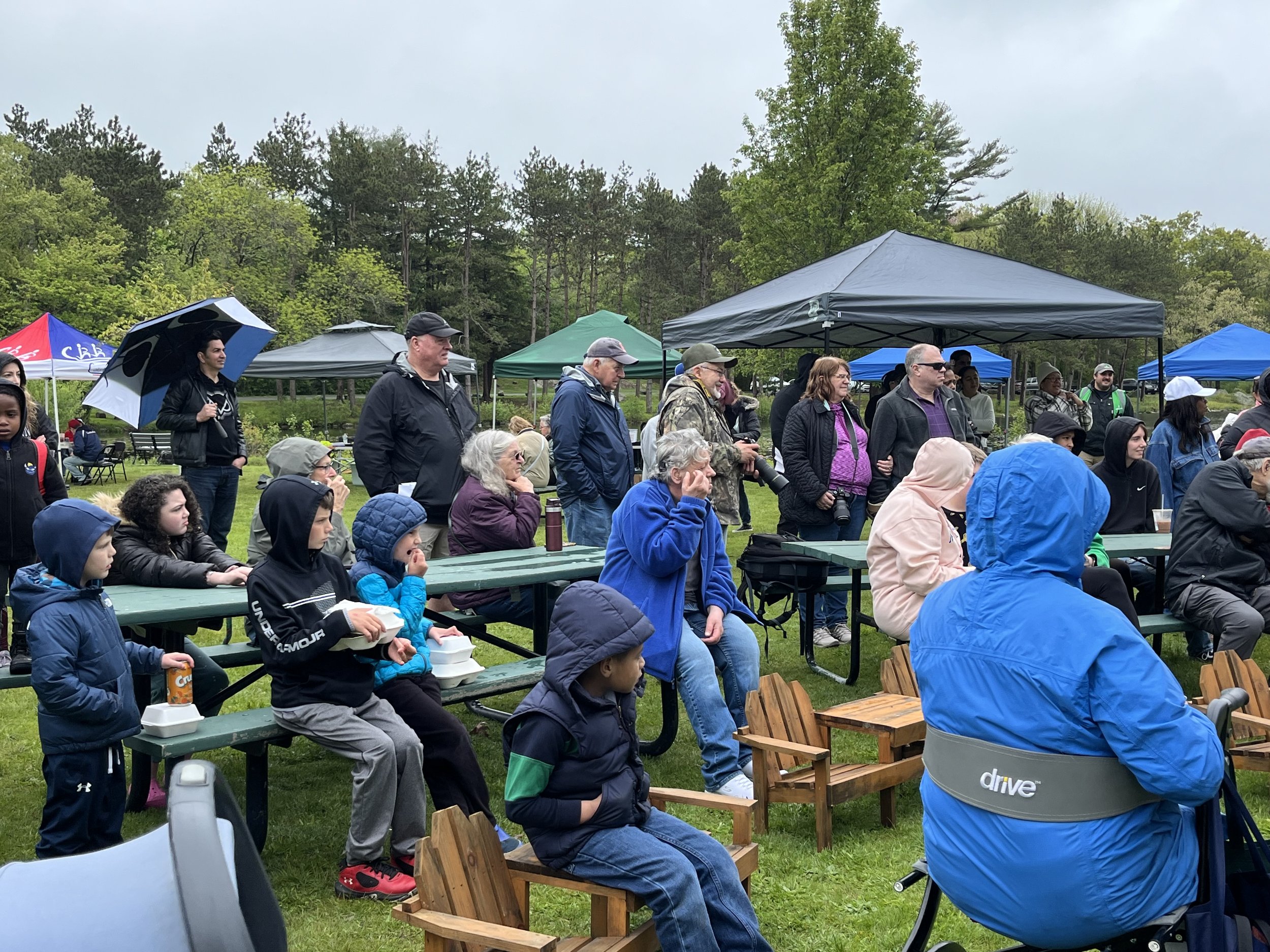

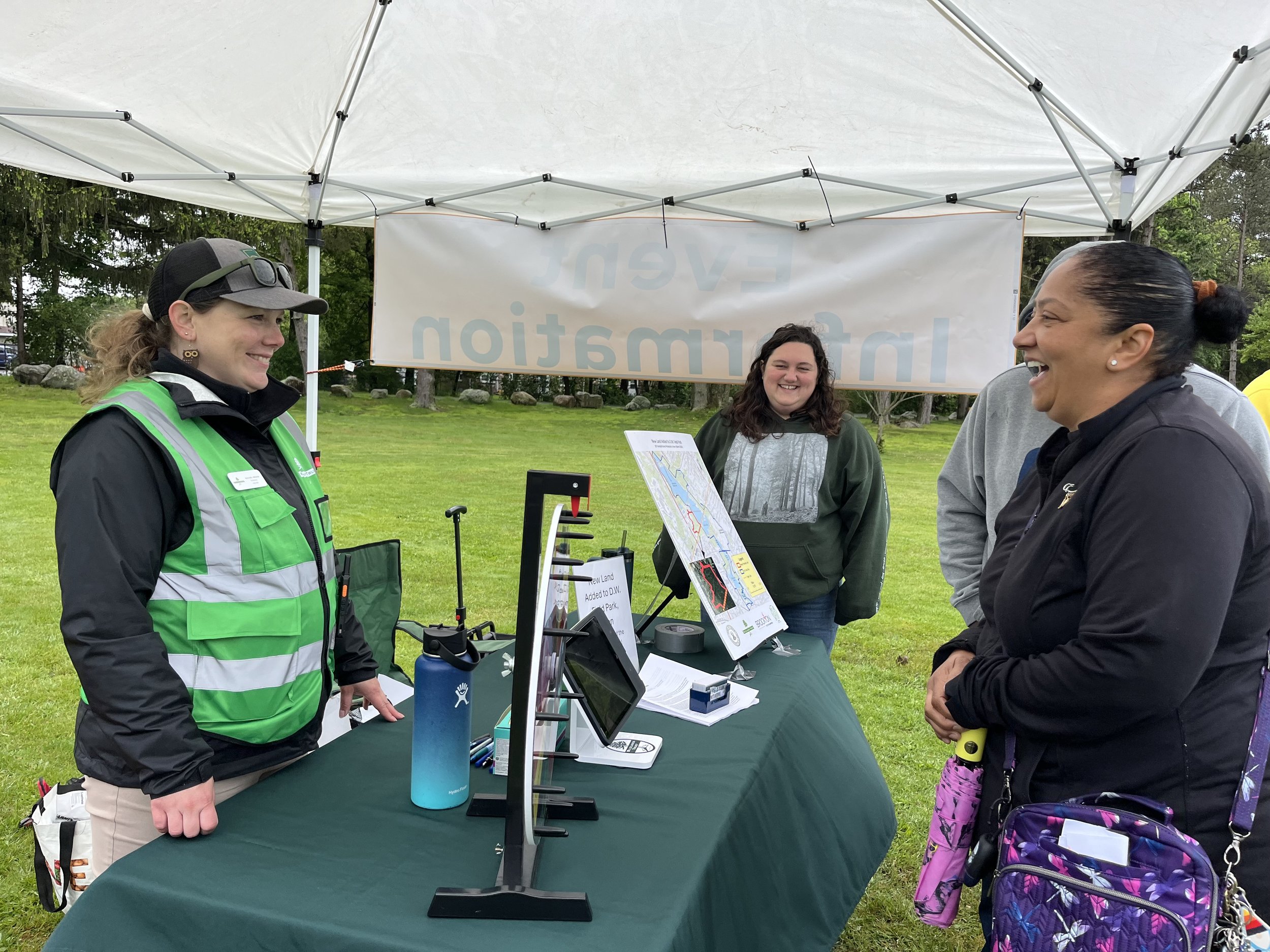

The public celebration, as well as the Town of Avon’s recent acquisition of 30 woodland acres abutting D.W. Field Park, were partially funded by the Massachusetts Municipal Vulnerability Preparedness grant program.
Less than a week later, a determined group of students from Brockton High School ventured to Wachusett Reservoir to demonstrate that the future of our region’s natural resources is in capable hands. On May 23, the Brockton High School Envirothon team competed at the 2024 Massachusetts Envirothon, putting their environmental knowledge, skills, and leadership to the test. The students rose to the occasion, placing in the top five in two categories, Wildlife and Current Issue, where this year, students presented on Clean Energy for a Sustainable Future.
“Our Envirothon team this year was almost entirely new to the competition,” said Programming Coordinator Max Phelps, who co-coached this year’s team. “It was wonderful to see their growth in knowledge and confidence over the school year culminate in amazing presentations. I can’t wait to see what they accomplish in the future.”
On June 4, the Envirothon team received citations from the Brockton Mayor’s Office in recognition of their excellence at the state competition. Thank you, Mayor Sullivan and the City of Brockton, for celebrating these passionate young leaders!
Wildlands has co-coached and sponsored the Brockton High School Envirothon team since 2015, with Manomet co-coaching since 2021. Learn more here.
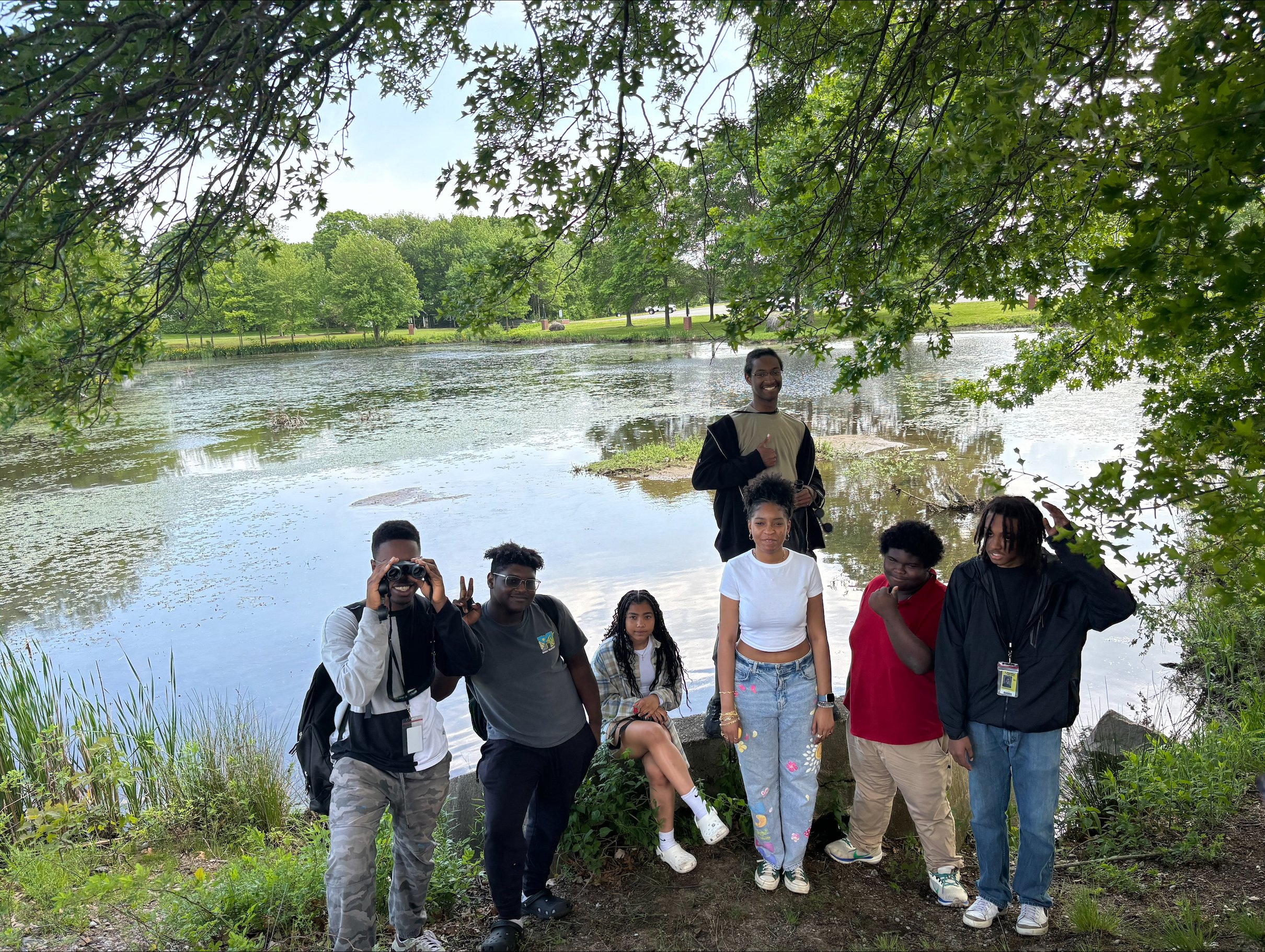






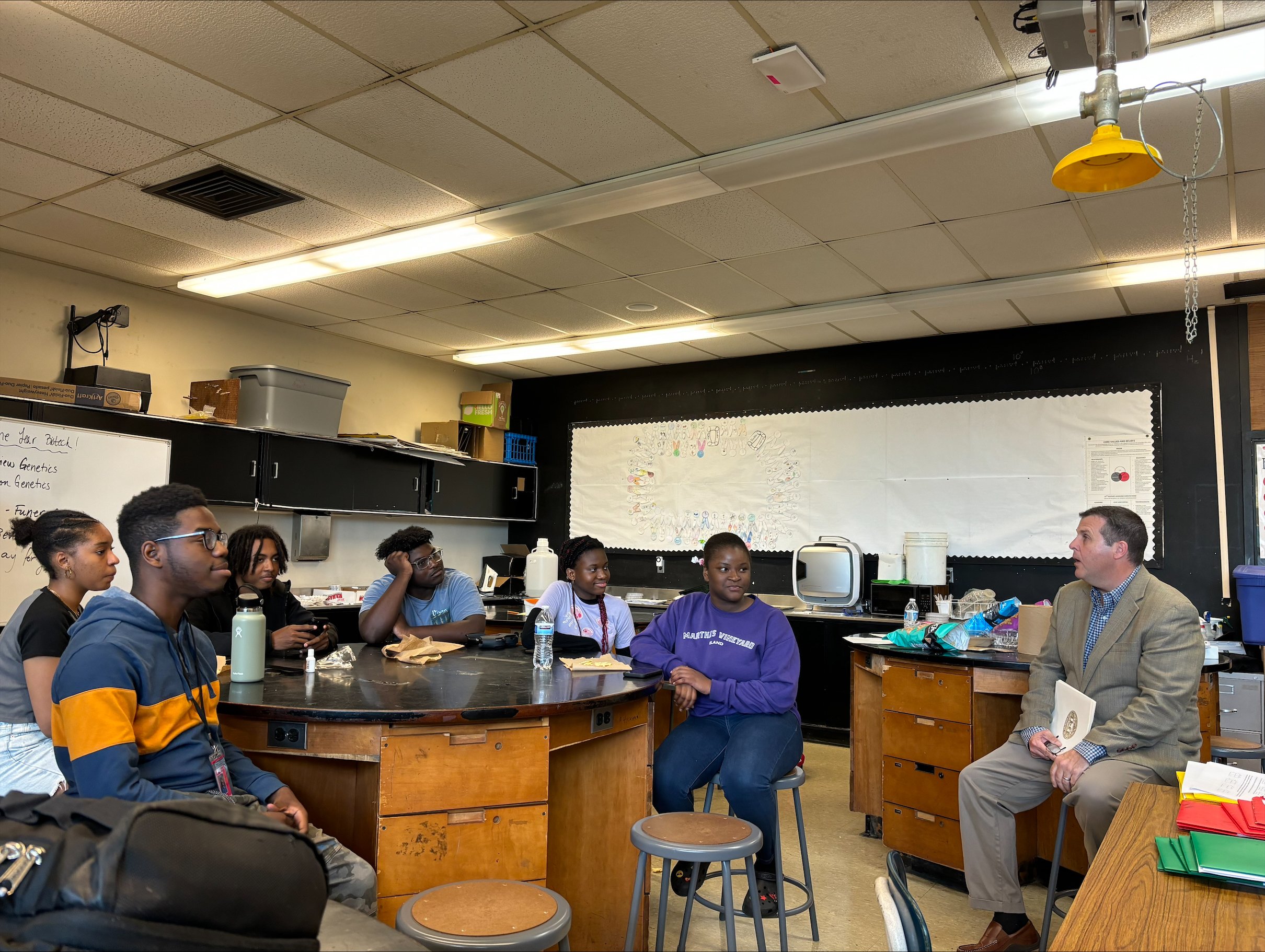
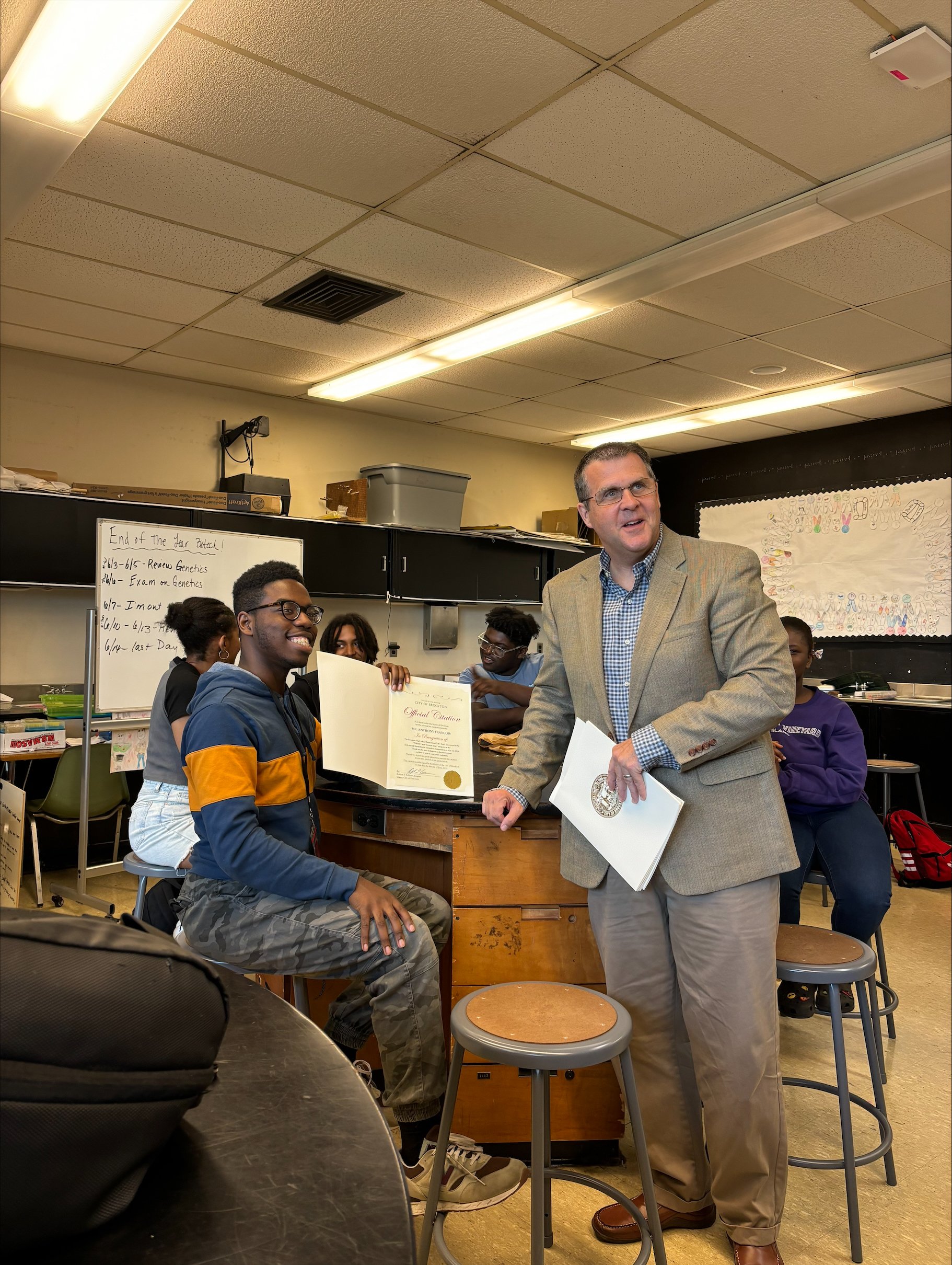
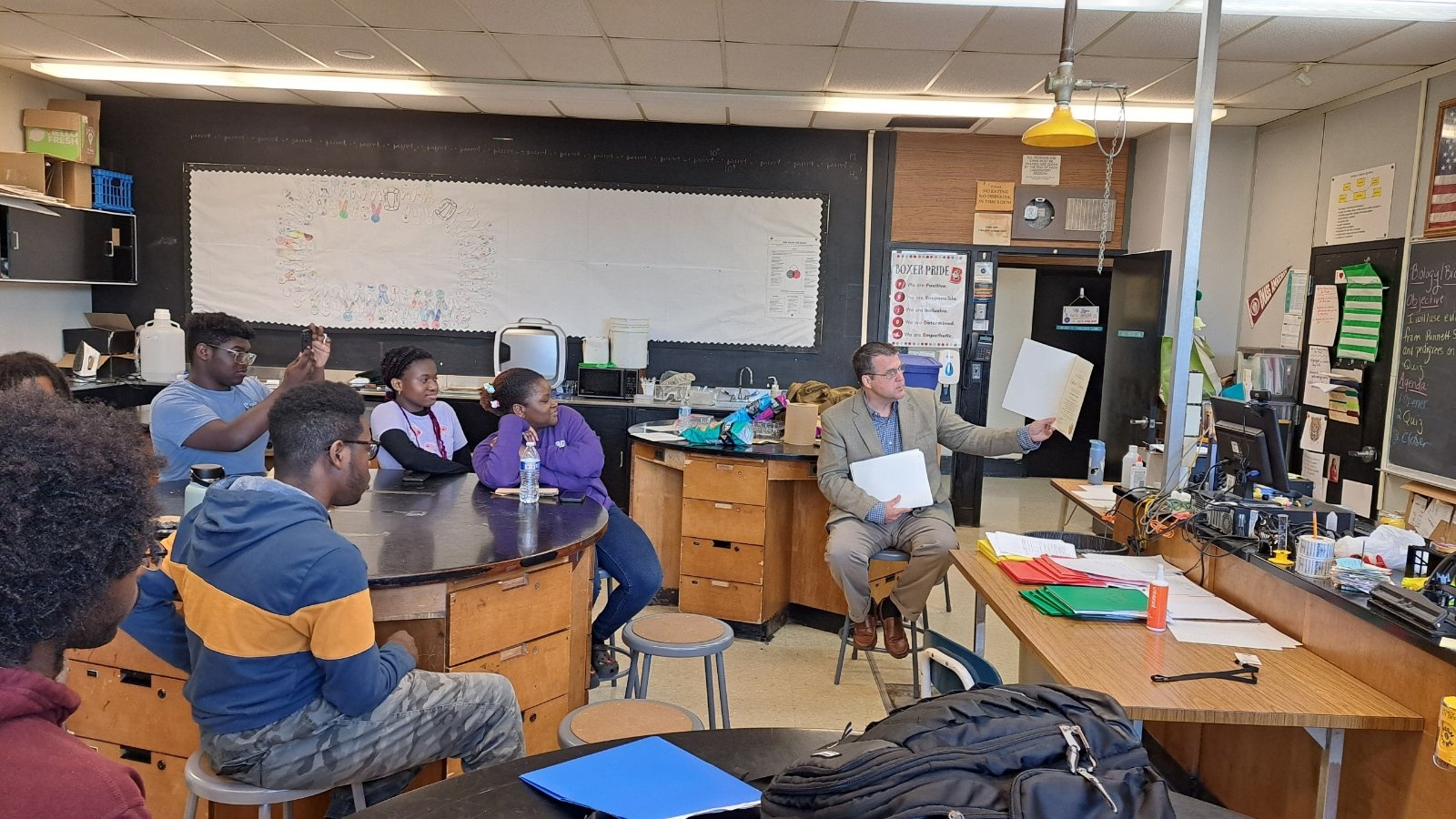
Our work in Brockton continues! For updates about our D.W. Field Park Initiative, visit dwfpi.org.



